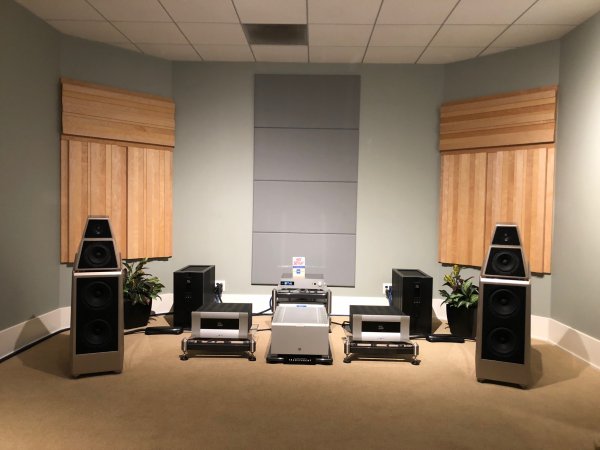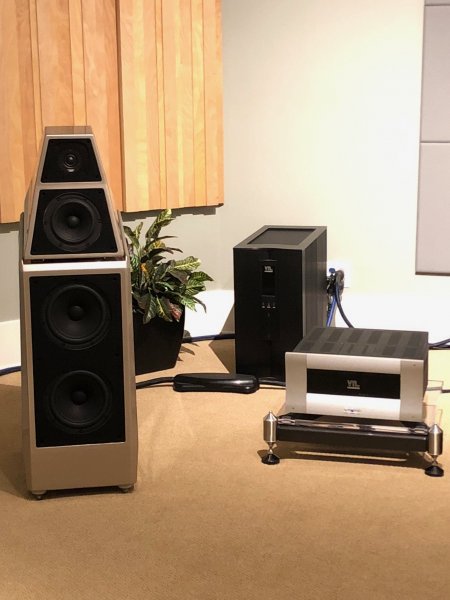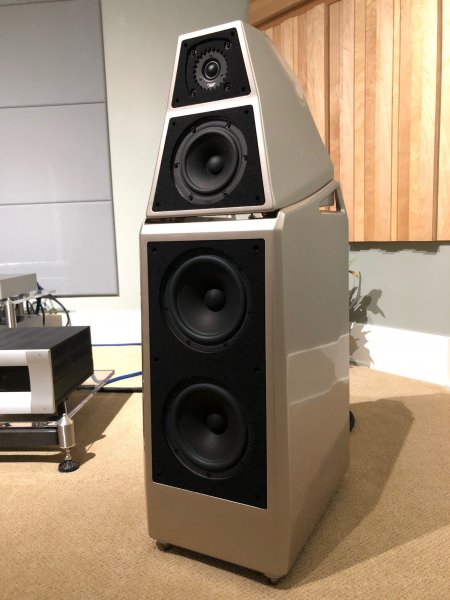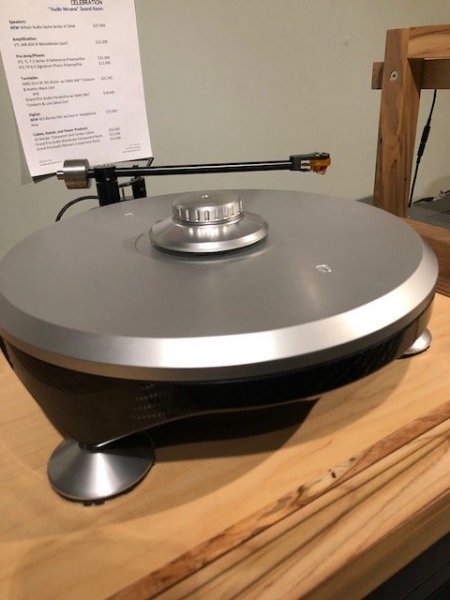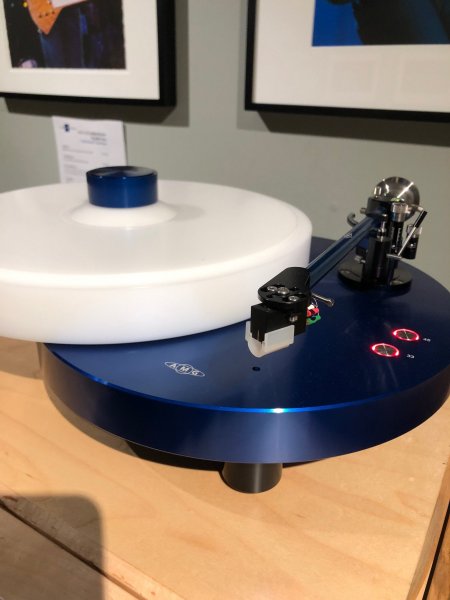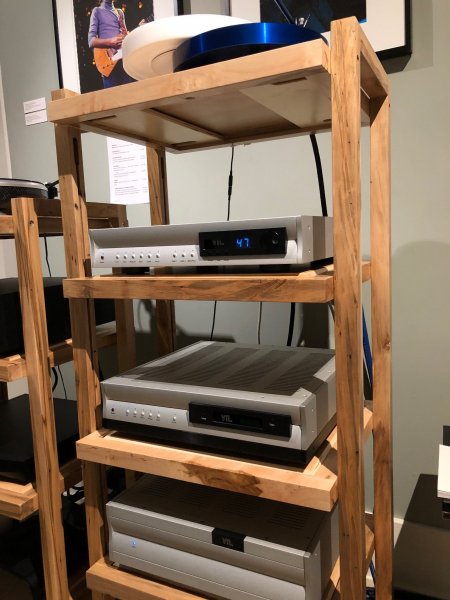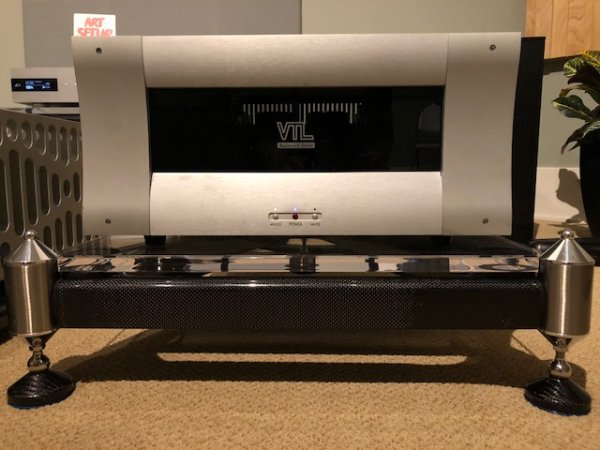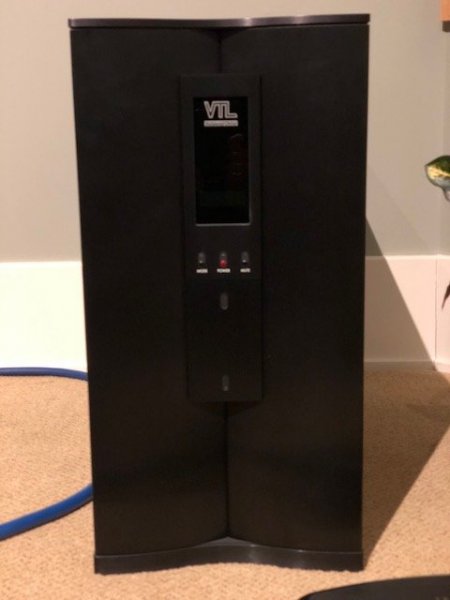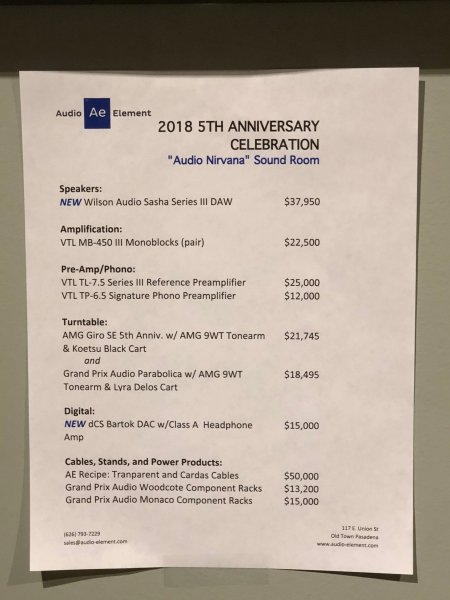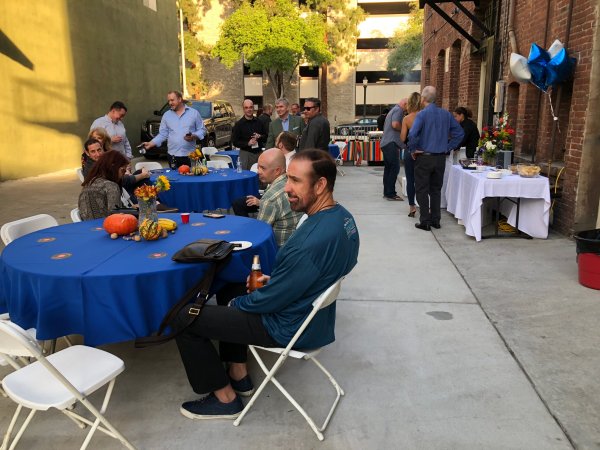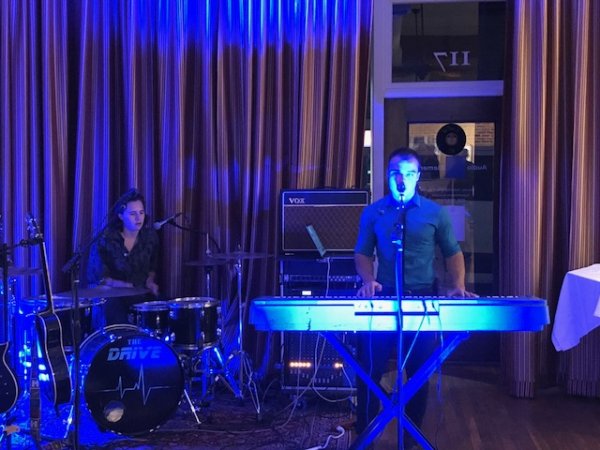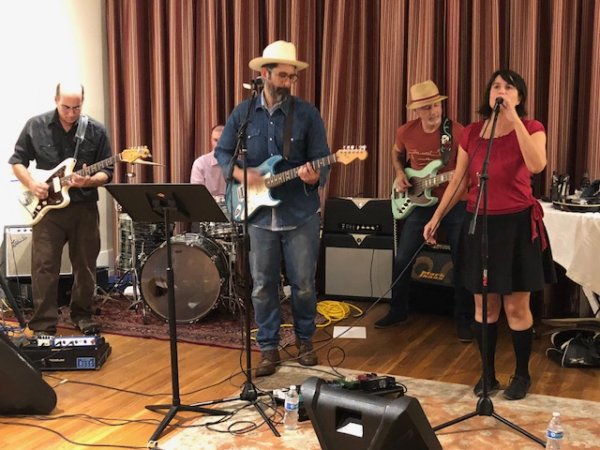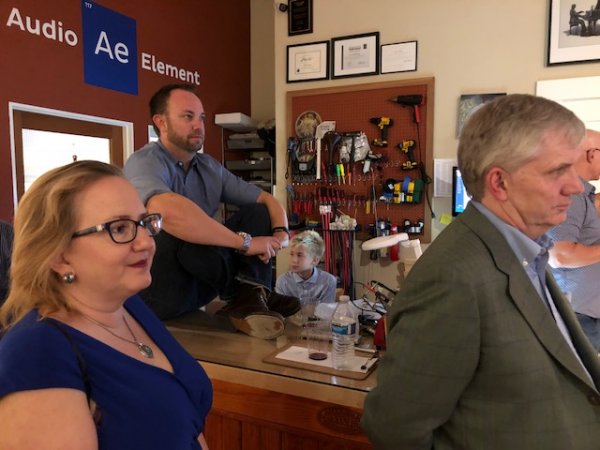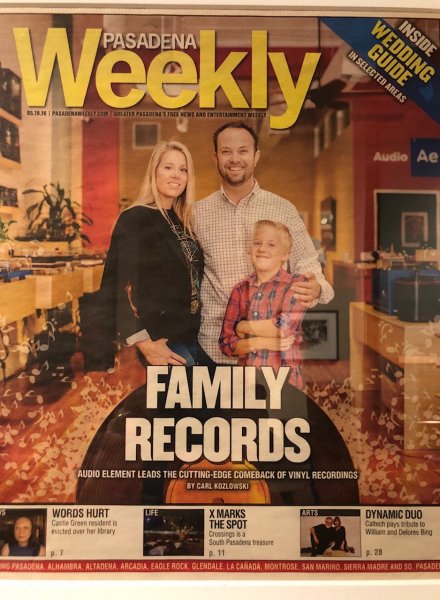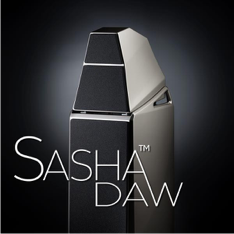In celebration of the fifth anniversary of the establishment of Audio Element in Pasadena, California, Proprietor Brian Berdan debuted the brand new Wilson Audio Sasha DAW, and hosted two days of festivities, demonstrations and live musical performances for industry manufacturers, reviewers, clients and fans on November 2 and 3, 2018.
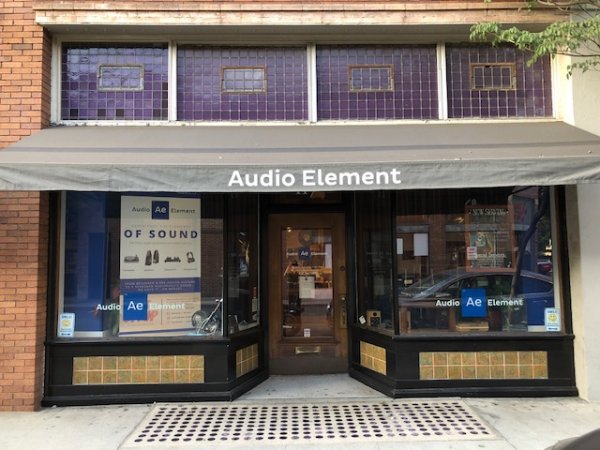
Brian has been well-known and extremely highly-regarded in the high-end audio industry for many, many years. He is as genuinely knowledgable, experienced, friendly and charming as anyone I have ever known in this industry!
Audio Element is a large, beautiful audio salon with smaller systems in the front of the store and a large, purpose-built listening room toward the back. This is where Brian introduced the Sasha DAW, the newest iteration of the Sasha. This Sasha DAW was designed by Daryl Wilson, son of David A. Wilson, in whose honor the loudspeaker in named. Brian is widely known in the industry as being an excellent set-up man, and although the Sasha DAWs arrived just three days before the event, Brian’s system was already sounding great.
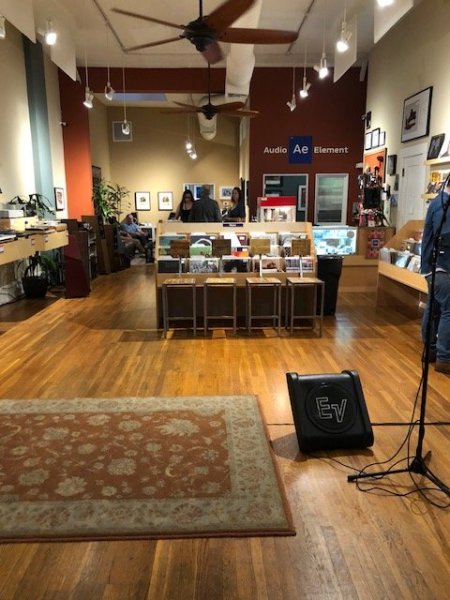
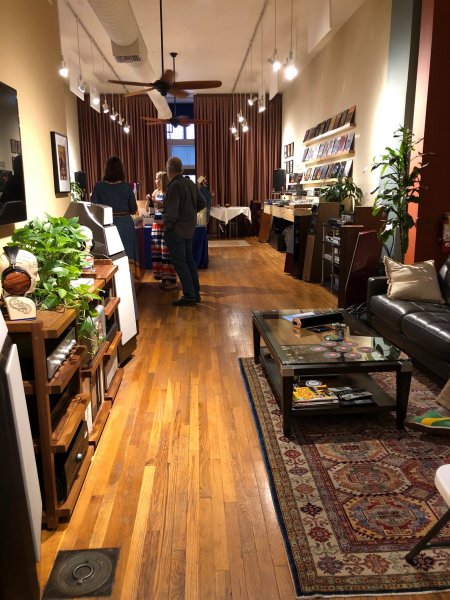

Brian has been well-known and extremely highly-regarded in the high-end audio industry for many, many years. He is as genuinely knowledgable, experienced, friendly and charming as anyone I have ever known in this industry!
Audio Element is a large, beautiful audio salon with smaller systems in the front of the store and a large, purpose-built listening room toward the back. This is where Brian introduced the Sasha DAW, the newest iteration of the Sasha. This Sasha DAW was designed by Daryl Wilson, son of David A. Wilson, in whose honor the loudspeaker in named. Brian is widely known in the industry as being an excellent set-up man, and although the Sasha DAWs arrived just three days before the event, Brian’s system was already sounding great.















